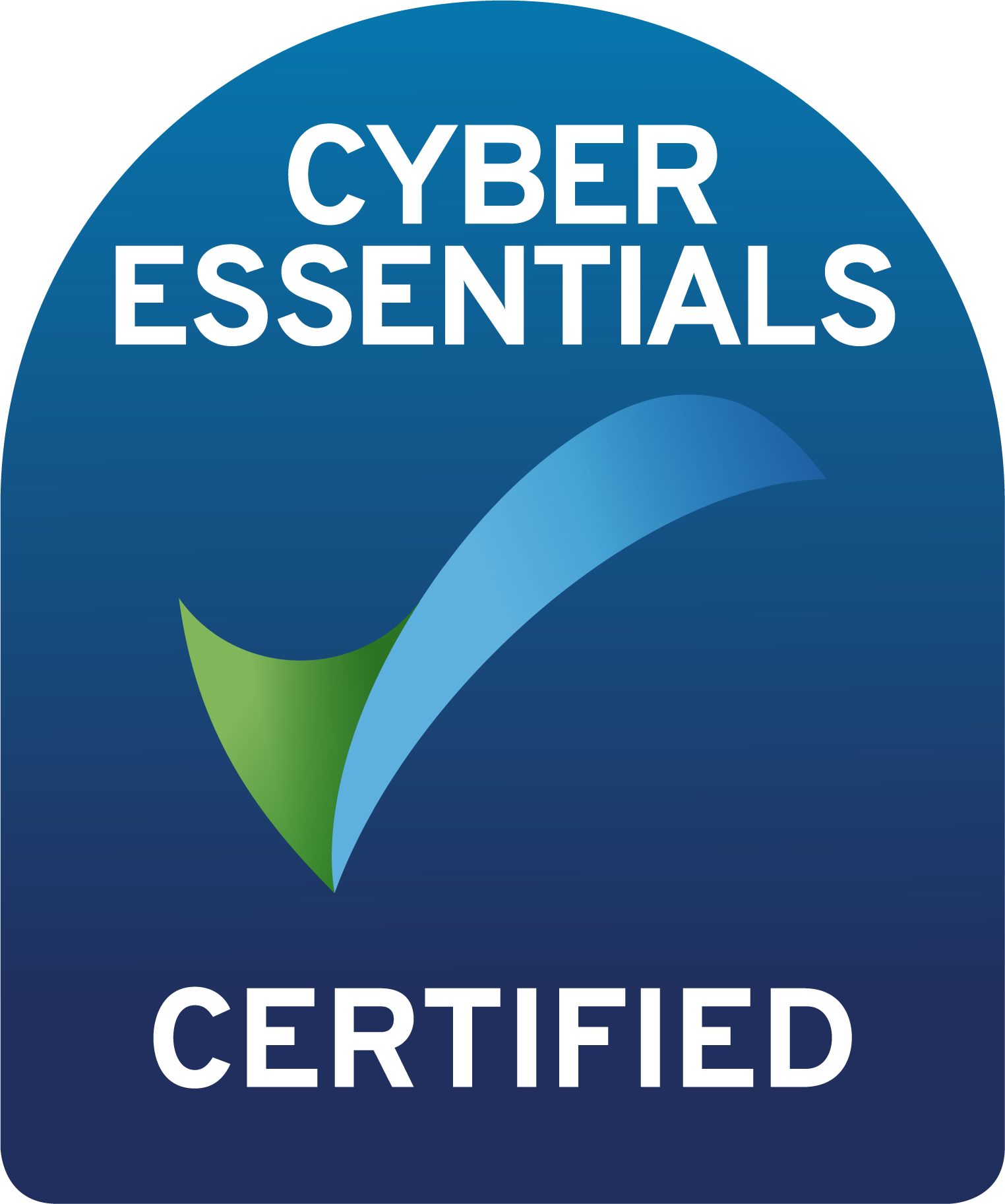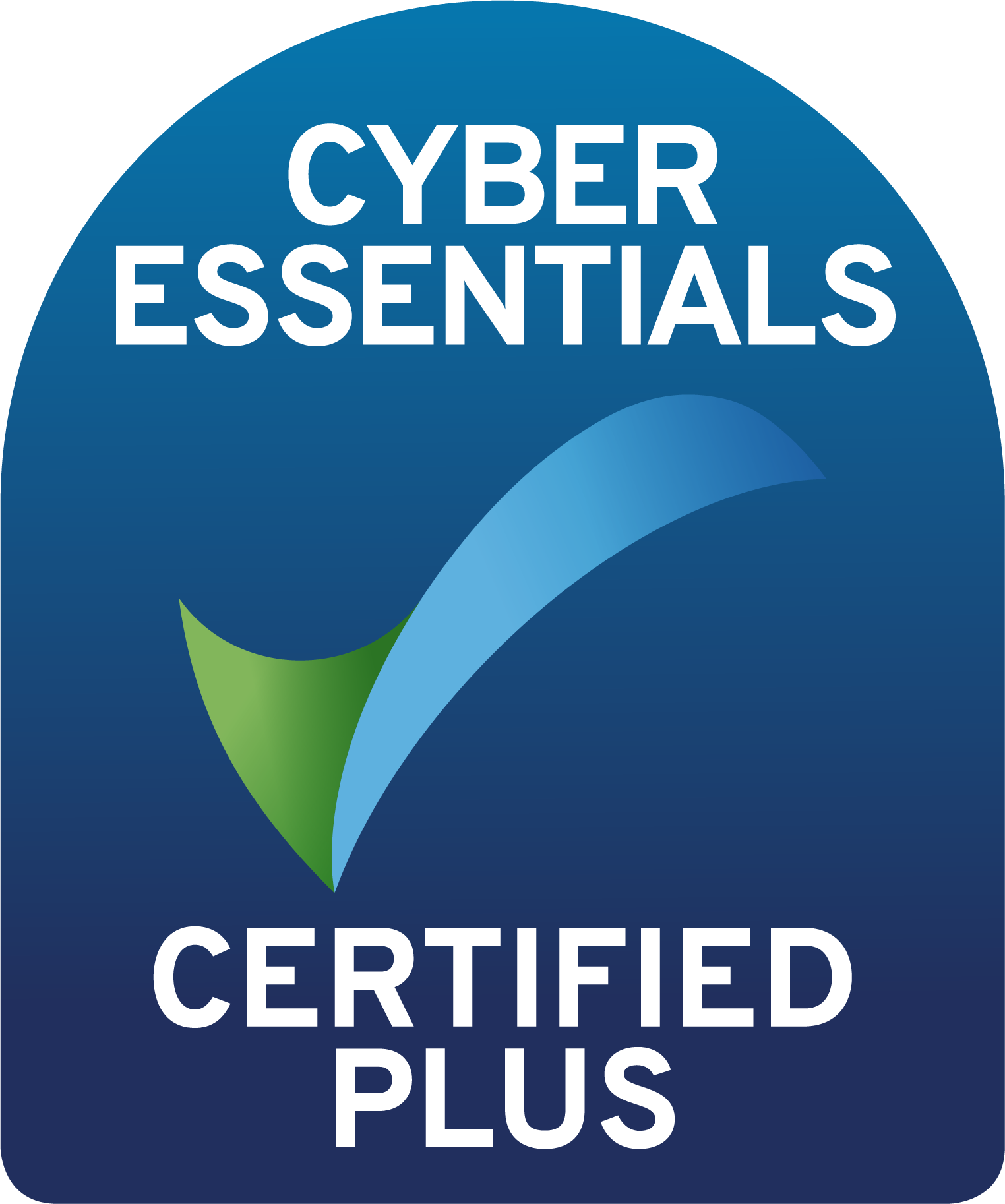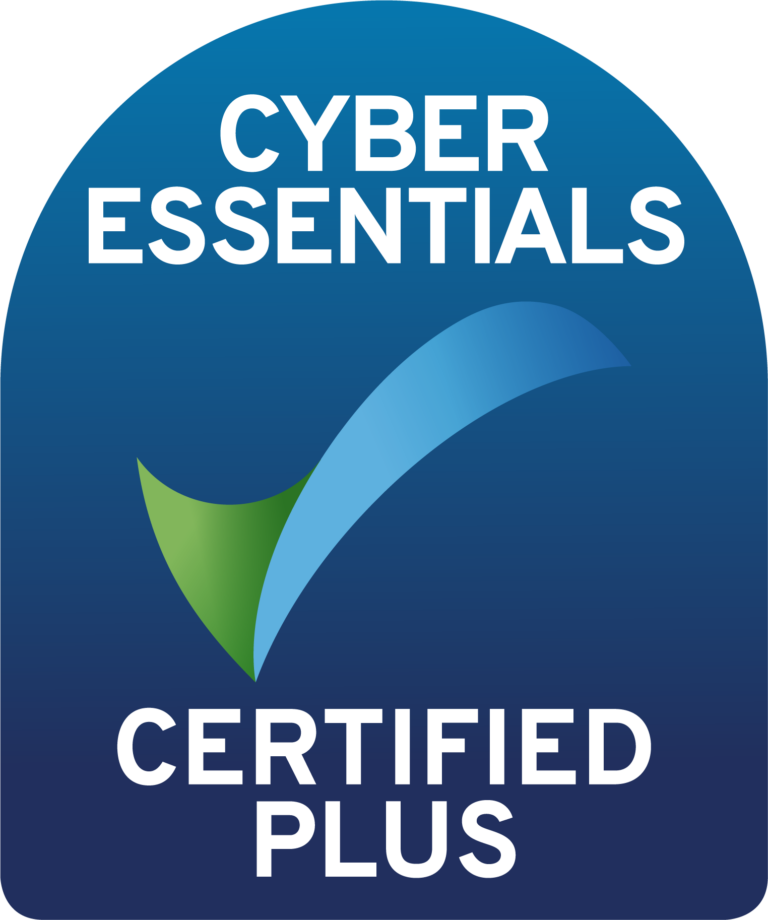Social media has become an integral part of our daily lives, allowing us to connect with friends and family, share our thoughts and ideas, and stay informed about the world around us. However, the vast amount of personal information we share on these platforms has made them a prime target for cybercriminals. In this blog post, we’ll discuss some simple steps you can take to mitigate the cyber threat of social media.
Phishing
Be aware of phishing scams: Phishing scams are a common tactic used by cybercriminals to steal personal information. These scams often take the form of an email or message that appears to be from a trusted source, such as a social media platform or financial institution, and asks you to click on a link or provide personal information. Always be suspicious of unsolicited messages and never click on links or provide personal information without verifying the authenticity of the source.
Passwords
Use strong and unique passwords: A strong password is one that is difficult to guess and contains a mix of letters, numbers, and special characters. Avoid using the same password for multiple accounts, as this makes it easier for cybercriminals to gain access to multiple accounts if they are able to crack one password. Additionally, use two-factor authentication, when possible.

Update software
Keep your software up to date: Keep your computer, mobile device, and any other software you use for social media updated to ensure that you have the latest security patches and features. Cybercriminals often target older versions of software that may have known vulnerabilities.
Be careful what you share
Be selective about what you share online: social media is all about sharing, but it’s important to be mindful of the information you share. Avoid sharing sensitive information, such as your home address, phone number, and financial information. Instead, use privacy settings to limit the amount of information that is visible to others.
Suspicious links
Watch out for suspicious links: Be wary of clicking on links or downloading attachments from unknown or suspicious sources. Cybercriminals often use links and attachments to spread malware and steal personal information. If you receive a link or attachment from an unknown source, or if the link or attachment seems suspicious, it’s best to delete it.
Watch out for public WiFi
Be cautious of Public Wi-Fi: Using public Wi-Fi networks is a convenient way to stay connected when you’re on the go, but it’s important to be aware of the risks. Public Wi-Fi networks are often unsecured, which means that it’s easy for cybercriminals to intercept the data you send and receive. Avoid accessing sensitive information, such as online banking or shopping, on public WiFi networks. Read our previous blog, 8 ways to protect employees using public WiFi, to learn more about this issue.

By following these simple steps, you can greatly reduce your risk of falling victim to a social media cyber attack. Remember, the best defence against cybercrime is a healthy dose of caution and awareness. If you need further advice on cyber security strategy for your organisation, contact us here.








